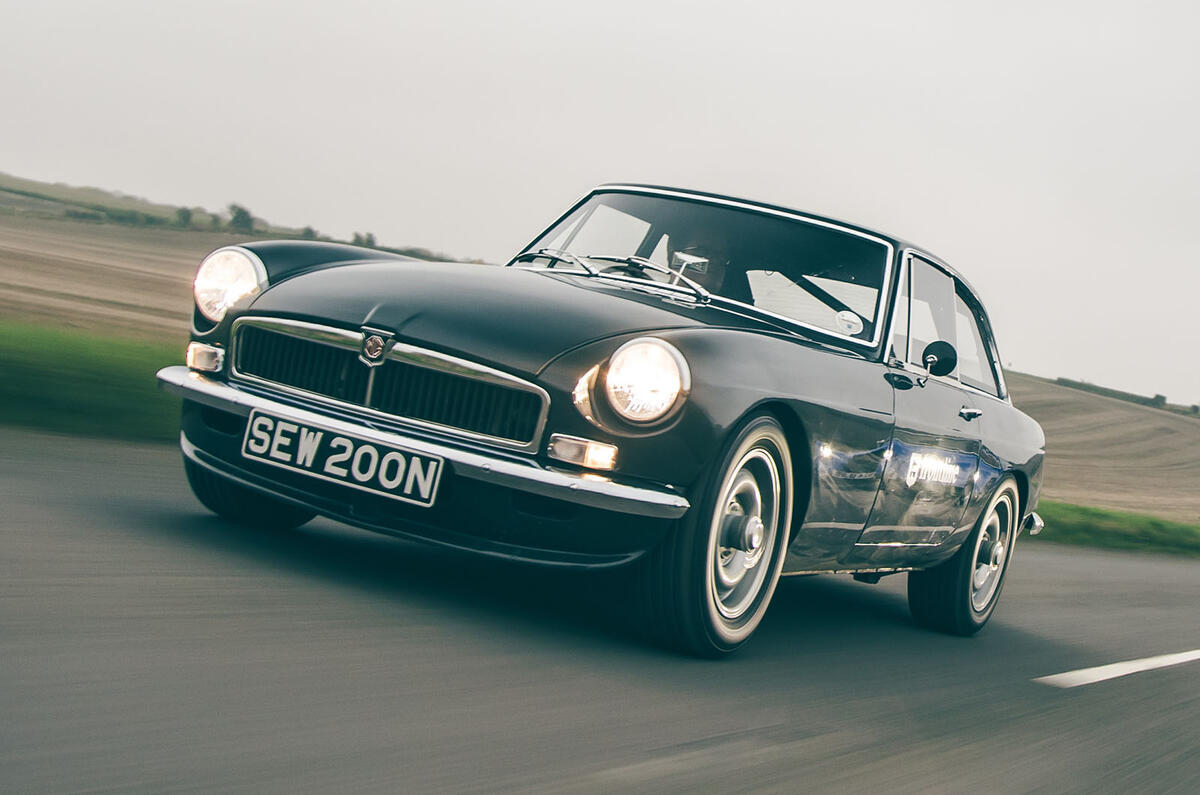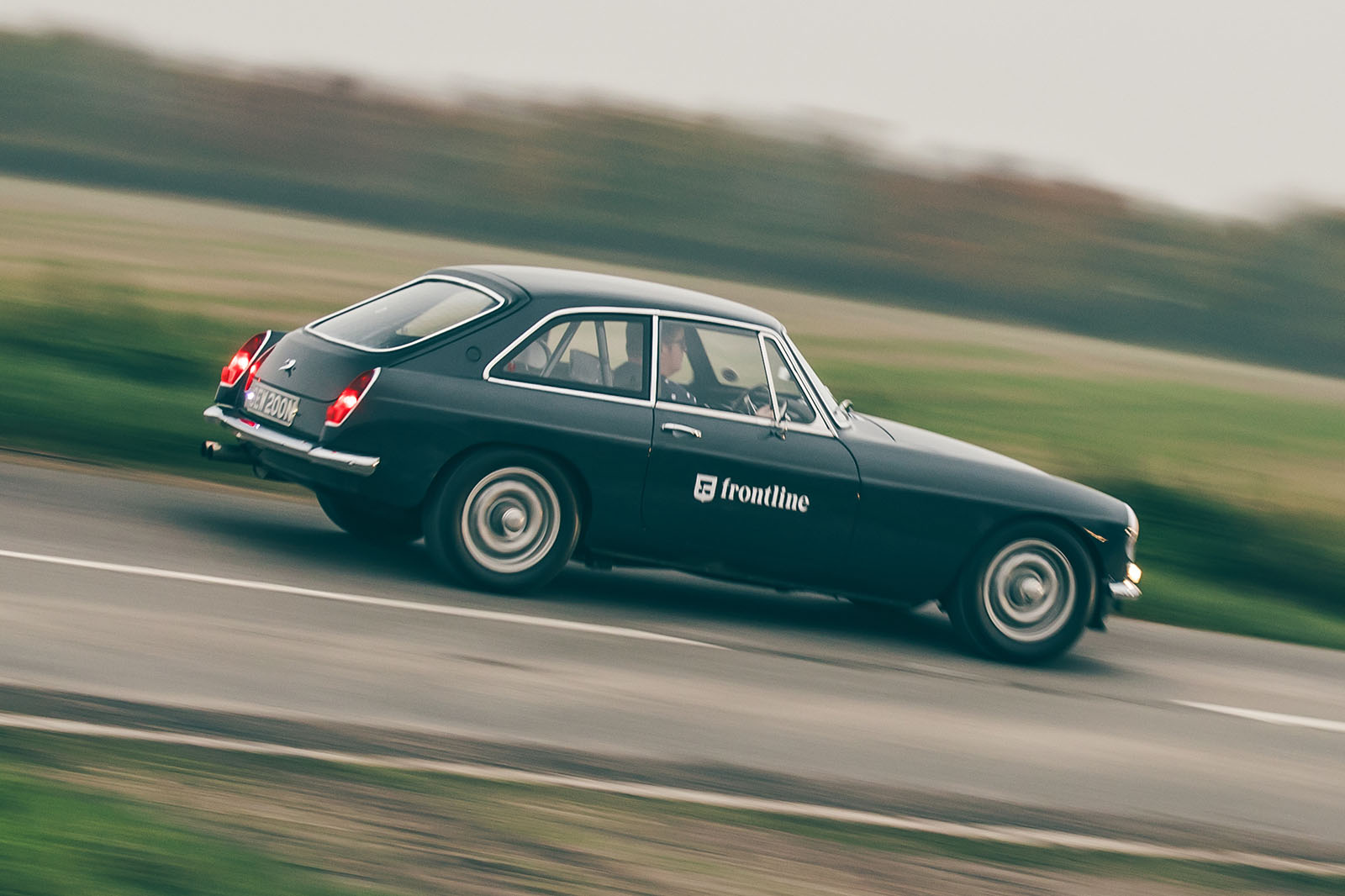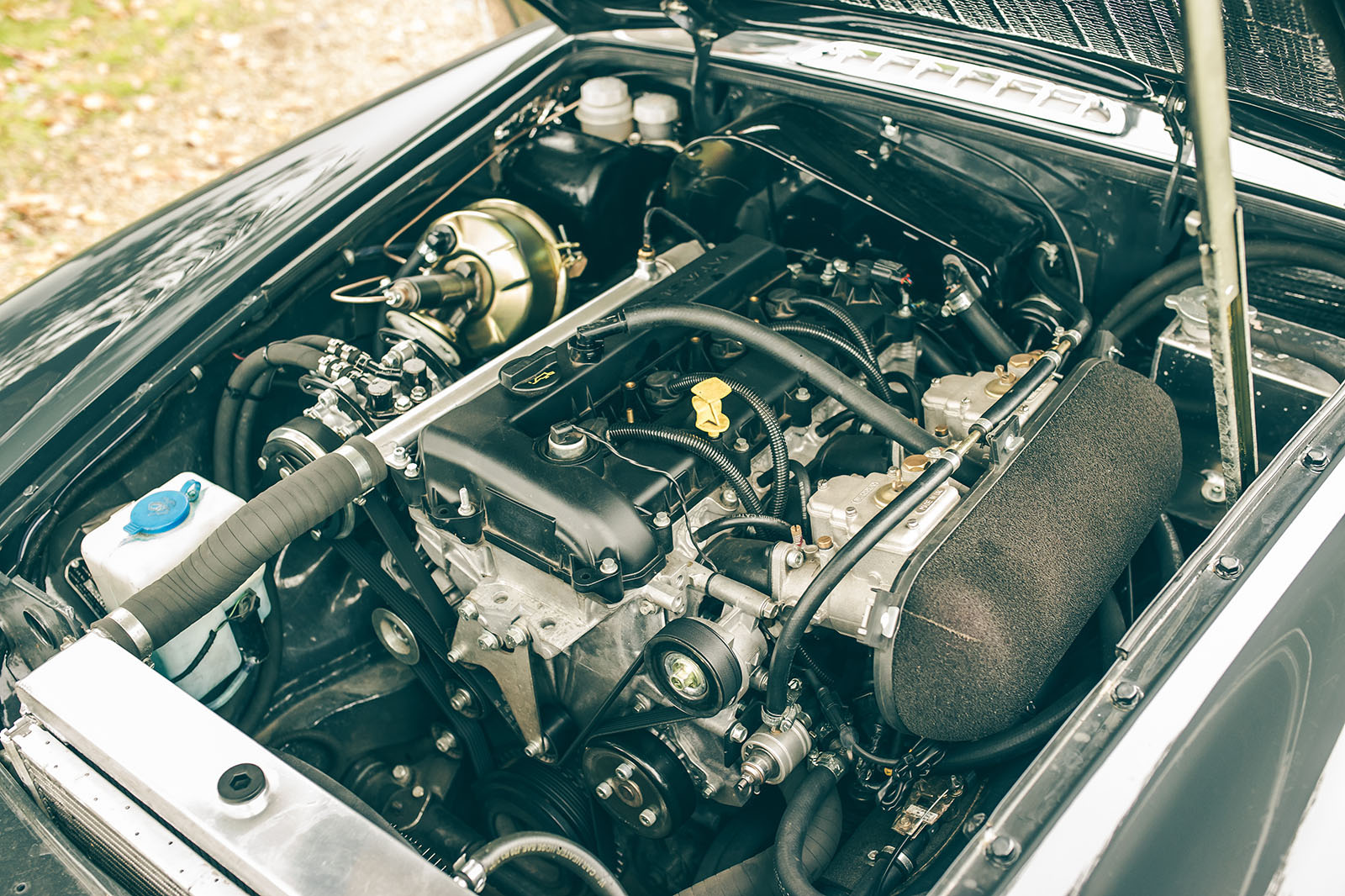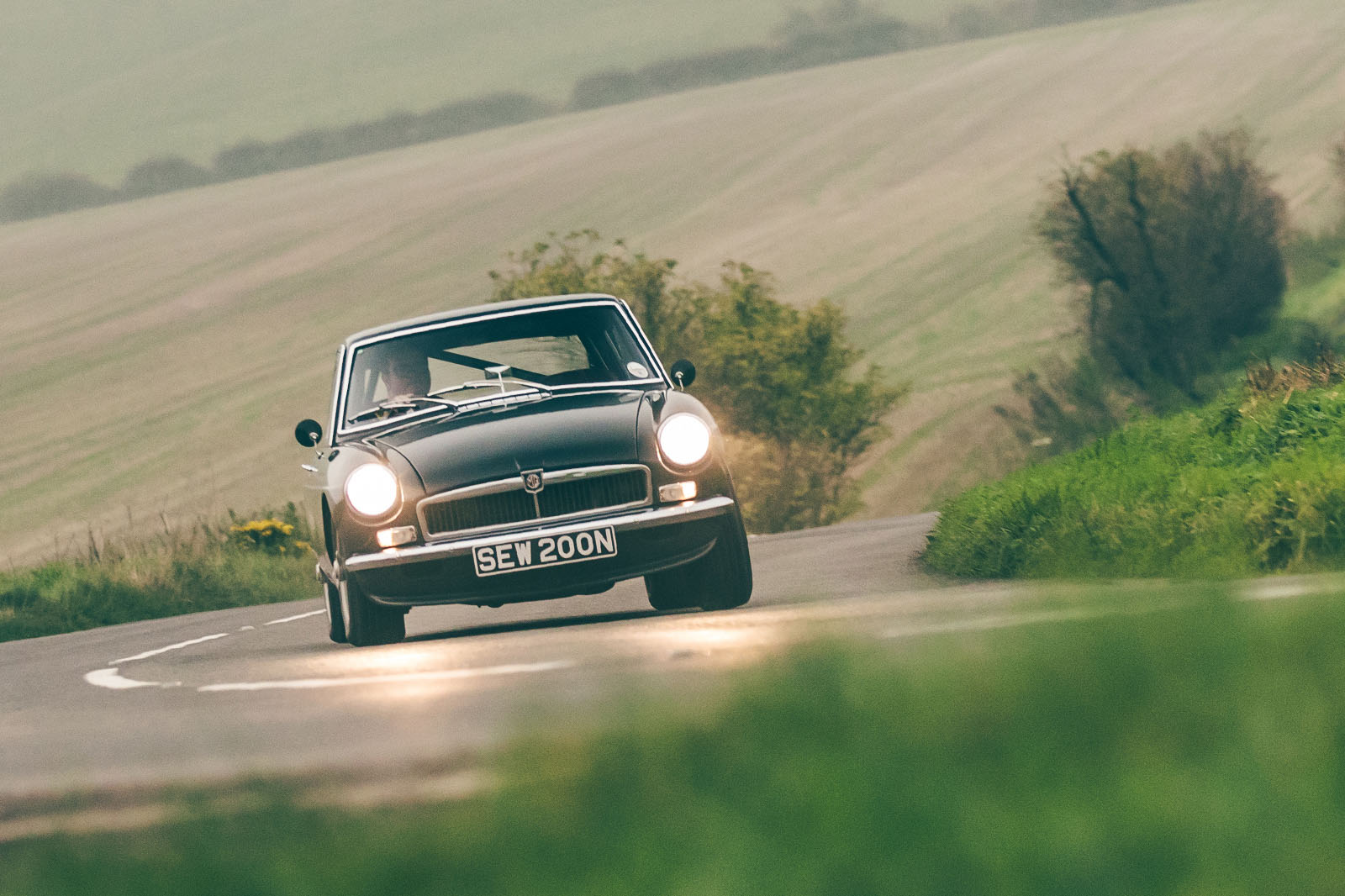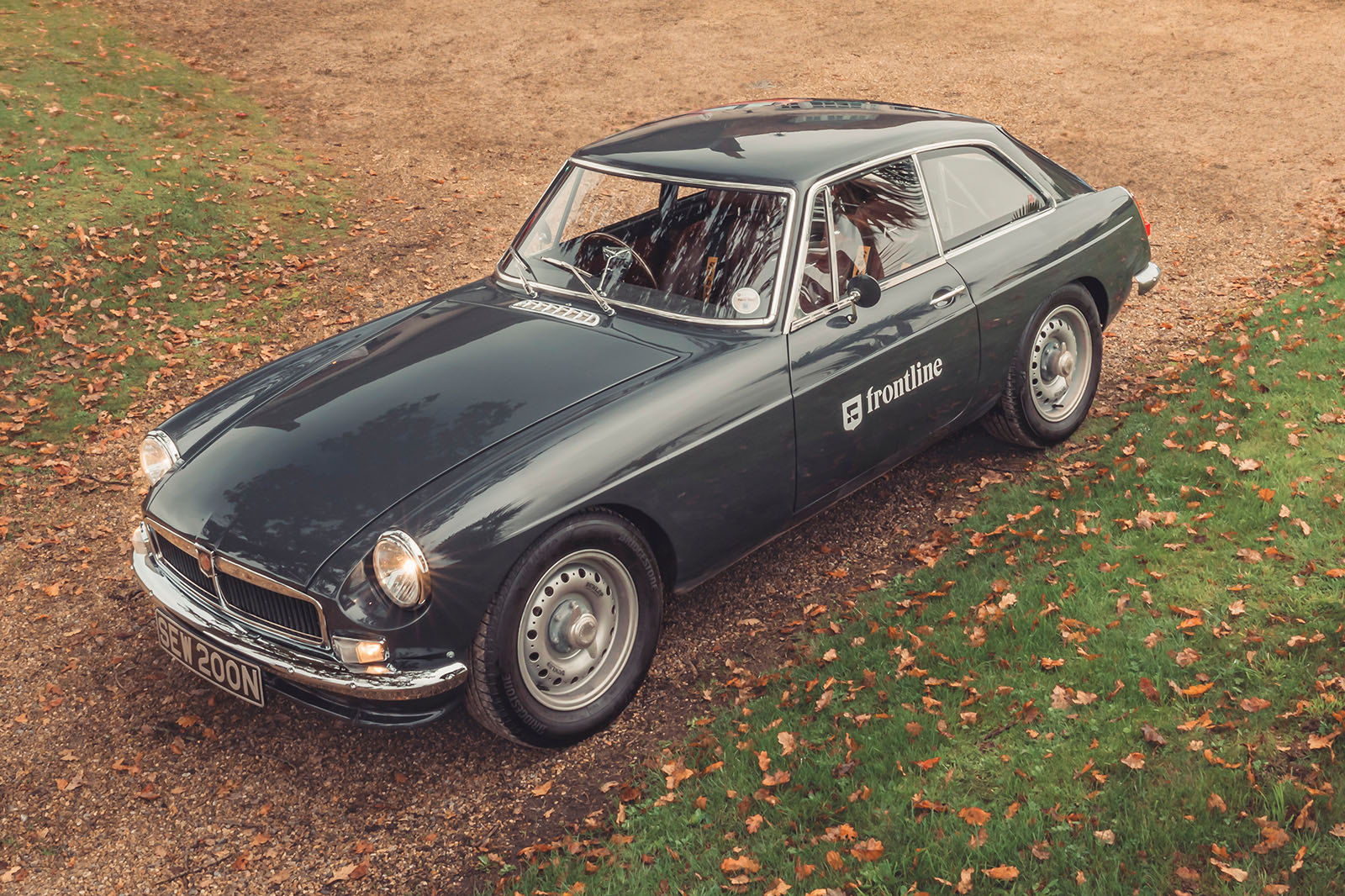Does Abingdon-based Frontline still need an intro? As one of the most established names on the restomod scene, perhaps not, but herewith the nutshell.
In 1991 Tim Fenna began to develop competition-reliable parts for classic MGs, having been repeatedly let down by the company’s original gearboxes. By the 2000s, Frontline was the worldwide go-to for performance parts for these cars, whatever your requirement or application.
In 2010, it moved to its current home, the old Benetton Formula 1 team factory, and not long after that it started making full MGB restomod rebuilds – first up the LE50, with a modified 2.0-litre Mazda MX-5 engine.
More than a decade later, Frontline is still focused on the MGB, although the interiors have become more artful and the hardware more serious and ambitious than ever. Two years ago, the company introduced the spectacular 4.8-litre V8-engined LE60, with performance to hunt down a modern BMW M4 CSL, as well as the BEE GT, an electric conversion built in response to demand from clients wanting the thrill of driving a diddy, expertly honed MGB, only in near-silence.



